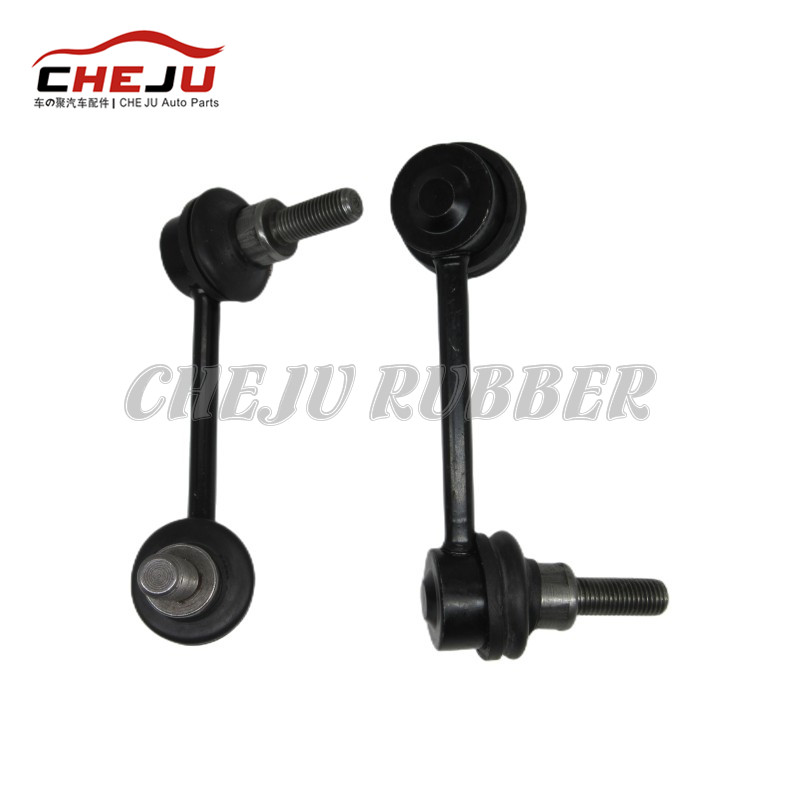Ball joints have several important functions
2023-11-03
A ball joint is a crucial component in a vehicle's suspension system that connects various suspension and steering parts together, allowing for controlled movement and flexibility. Ball joints are found in the front suspension of most vehicles, such as cars, trucks, and SUVs. They play several important functions:
1. Connecting Components: Ball joints serve as a link between the steering knuckle and the control arm (A-arm). This connection allows for the transfer of motion and forces between the steering system and the suspension system.
2. Wheel Movement: Ball joints enable the controlled vertical and horizontal movement of the front wheels. They allow the wheels to move up and down to absorb bumps and road irregularities while also permitting steering and cornering by allowing the wheels to pivot and turn.
3. Wheel Alignment: Ball joints are critical for maintaining proper wheel alignment. They ensure that the wheels are oriented correctly, which is essential for safe and predictable handling, as well as even tire wear.
4. Flexibility and Articulation: Ball joints provide the flexibility required for the wheels to move independently and follow the contours of the road while maintaining a connection to the vehicle's suspension system.
5. Load Distribution: Ball joints help support the weight of the vehicle and distribute the forces generated by road conditions, vehicle acceleration, and braking. This load distribution is crucial for vehicle stability and handling.
6. Steering Precision: Properly functioning ball joints are essential for accurate and responsive steering. They allow for precise control of the vehicle's direction.
7. Cushioning and Isolation: Ball joints often contain rubber or elastomeric components that absorb vibrations and noise, reducing the transfer of harsh impacts to the vehicle's frame.
8. Vibration Dampening: The rubber components in ball joints dampen vibrations and impacts transmitted from the road. This contributes to a smoother and more comfortable ride.
Ball joints consist of a spherical bearing and a socket that is enclosed within a metal casing. They pivot and rotate to allow for the necessary movement and articulation. Lubrication is often required to reduce friction and wear within the ball joint.
Regular inspection and maintenance of ball joints are important to ensure the safety and handling performance of a vehicle. Worn or damaged ball joints can lead to steering issues, uneven tire wear, and handling problems, potentially compromising safety. If you notice signs of wear or damage, such as increased play in the steering or suspension, unusual noises, or vibrations, it is advisable to have the ball joints inspected and replaced as necessary by a qualified automotive technician.



